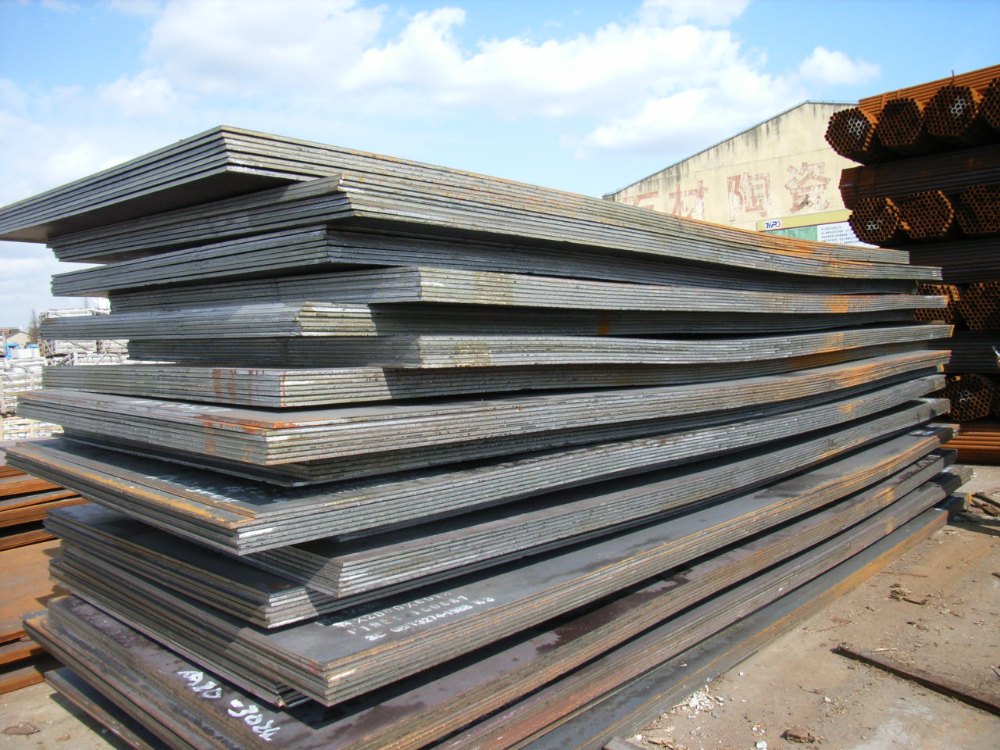
Exploring the Evolution of S690QL Plates: From Manufacturing to Modern Uses
Steel plates have been used in various industries for centuries for their exceptional durability, strength, and resilience. Over the years, manufacturers have endeavoured to improve the quality of steel plates, making them stronger, lighter, and more resistant to damage. One such innovation is the S690QL plate, a high-strength, low-alloy (HSLA) steel plate that has significantly changed over the years. In this article, we will explore the evolution of S690QL plates from their manufacturing to modern-day uses.
Manufacturing
S690QL plates were first developed in the early 2000s and were initially used in the construction industry. The manufacturing process of S690QL plates is complex and involves different stages of heat treatment. The raw material used to manufacture these plates is low-carbon steel, which is then alloyed with manganese, boron, and other elements. This alloying process produces high-strength, low-weight steel with impressive welding and bending capabilities.
The heat treatment process used to manufacture steel S690QL plates includes quenching and tempering, which helps to improve the steel’s mechanical properties. During quenching, the steel is rapidly cooled from high to room temperature using a quenching medium such as water or oil. The rapid cooling process forms a fine-grained martensitic microstructure, which is responsible for the steel’s high yield and tensile strength. After quenching, the steel is tempered at a lower temperature to make it more ductile and reduce its hardness.
Evolution
Since their inception, S690QL plates have undergone significant changes in quality and quantity. The demand for these plates has increased over the years, particularly in mining, energy, and heavy equipment manufacturing industries. As a result, manufacturers have had to develop innovative ways to improve the quality and properties of these plates to meet the ever-increasing demand.
One of the most significant changes to S690QL steel plates is the introduction of micro-alloying elements such as vanadium, titanium, and niobium. These elements are added to the steel during manufacturing to improve its mechanical properties and increase its resistance to corrosion, fatigue, and wear. These elements have also made it possible to produce thinner and lighter S690QL plates while maintaining their high strength and toughness.
Another significant change to S690QL plates is using advanced production techniques such as direct quenching and tempering (DQT). DQT is a new heat treatment process that involves heating the steel to a high temperature before rapidly cooling it using a cooling medium such as water or oil. This process helps to reduce the cost of production and increase the efficiency of the manufacturing process.
Modern Uses
S690QL plates are now used in various industries due to their exceptional strength, toughness, and durability. One of the primary uses of these plates is in the construction industry, where they are used to build high-rise buildings, bridges, and other structures. The high strength of S690QL plates makes it possible to create lighter and more durable structures, resulting in significant cost savings and reduced carbon emissions.
Another significant use of S690QL plates is in manufacturing heavy equipment such as cranes and excavators. These plates are used to build the structural components of these machines, making them stronger and more resilient to wear and tear. The toughness and durability of S690QL plates make them ideal for use in harsh environments such as mines and quarries, where heavy equipment is subjected to extreme conditions.
S690QL plates are also used in the energy industry, particularly in oil and gas production. These plates are used to build the structural components of pipelines and storage tanks, which are subjected to high-pressure and corrosive environments. The high strength and corrosion resistance of S690QL plates makes them ideal for use in these applications, ensuring the safety and reliability of these crucial components.
Conclusion
The evolution of S690QL plates has been a remarkable journey, and their increasing use in various industries is a testament to their exceptional properties. These plates have proven reliable, durable, and cost-effective, from their initial use in the construction industry to their widespread use in heavy equipment, mining, and energy industries. As manufacturing techniques and advanced materials continue to advance, S690QL plates will certainly continue to evolve to meet the ever-increasing demand for high-strength steel plates.



